Skin and Skin Conditions
Follies of the Madmen #412
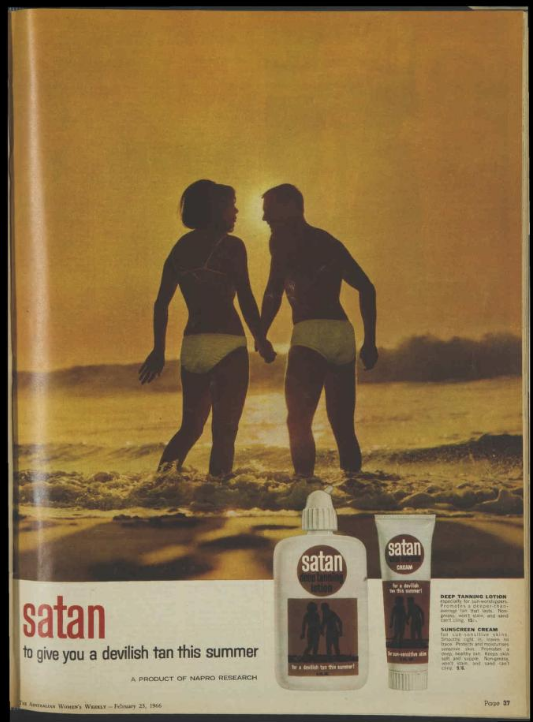
Source.
Posted By: Paul - Wed Feb 13, 2019 -
Comments (4)
Category: Beauty, Ugliness and Other Aesthetic Issues, Advertising, 1960s, Australia, Skin and Skin Conditions
Follies of the Madmen #361
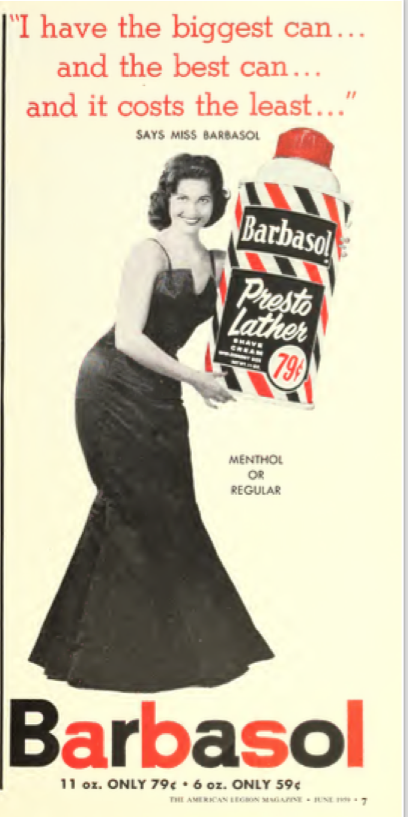
From THE AMERICAN LEGION MAGAZINE for June 1959.
Posted By: Paul - Mon Apr 23, 2018 -
Comments (3)
Category: Business, Advertising, Innuendo, Double Entendres, Symbolism, Nudge-Nudge-Wink-Wink and Subliminal Messages, 1950s, Skin and Skin Conditions
Follies of the Madmen #311
Posted By: Paul - Thu Apr 20, 2017 -
Comments (2)
Category: Business, Advertising, Products, Domestic, Stereotypes and Cliches, 1960s, Women, Skin and Skin Conditions
How To Lick Pimples
Source: Santa's Christmas Comics, Dec 1952
via reddit
Posted By: Alex - Tue Jan 10, 2017 -
Comments (2)
Category: Advertising, 1950s, Skin and Skin Conditions
Fashion Show with acne
The theme of Malaysian designer Moto Guo's "Picnic in the Society" fashion show was flaws, including skin flaws. All his models sported facial acne (apparently cosmetically created) as they walked down the runway.More: her.ie, daily mail

Posted By: Alex - Thu Jun 23, 2016 -
Comments (4)
Category: Fashion, Skin and Skin Conditions
The Production of Warts by Suggestion

Gravitz wasn't actually doing this himself, but he reported that back in the early 20th century (and presumably earlier as well) creating warts was a popular pasttime among girls in the Swiss canton of Vaud:
He noted that such practices were a form of amusement among the Vaudois girls who derived pleasure from passing their own warts on to someone else. "A ribbon is tied around the affected hand, and is knotted as many times as there are warts on the hand; then the ribbon is dropped on the highway. Whoever picks it up and unties the knots, will get the warts, and the original owner of the warts will be cured."
Posted By: Alex - Mon Jun 06, 2016 -
Comments (9)
Category: Science, Psychology, Skin and Skin Conditions
Miss Tan America
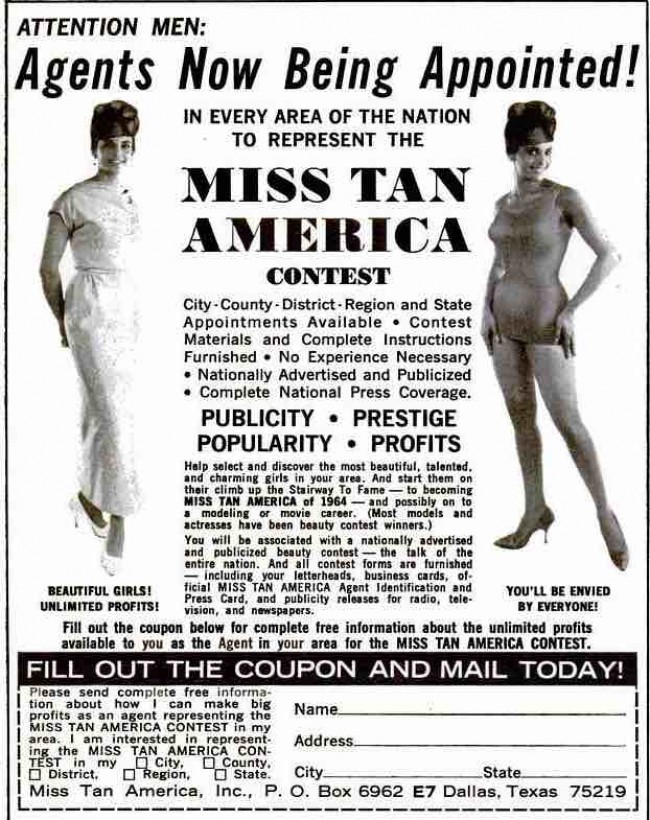
Original image here.
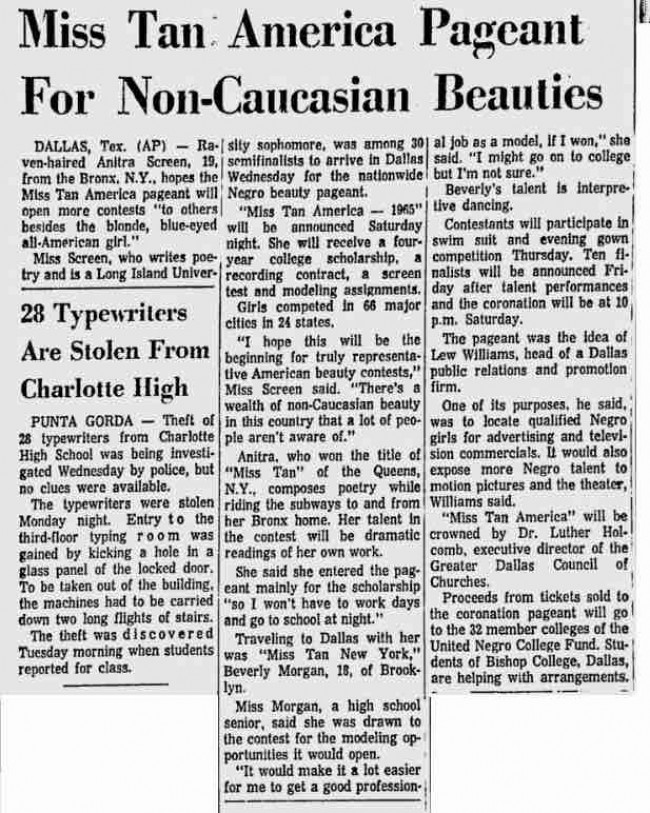
Original text here.
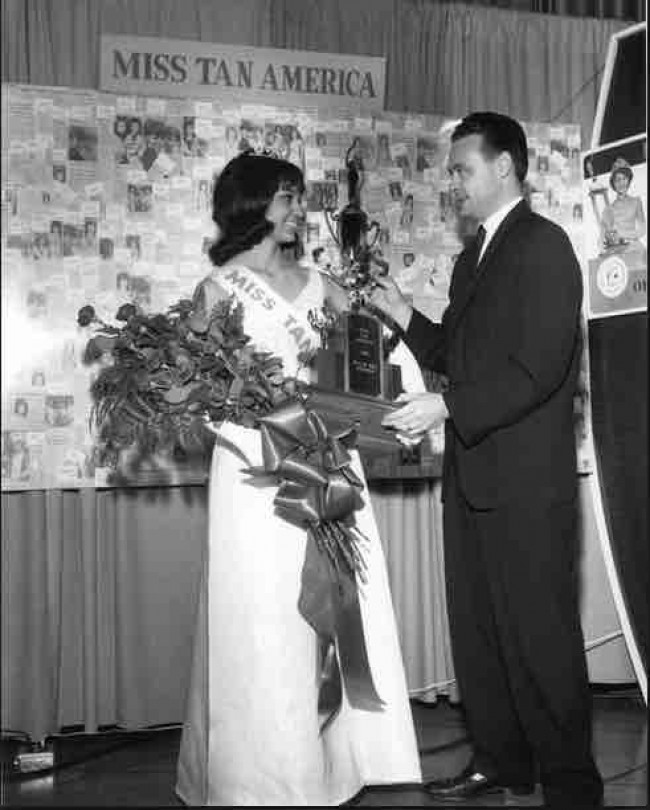
Posted By: Paul - Sun Mar 20, 2016 -
Comments (1)
Category: Beauty, Ugliness and Other Aesthetic Issues, Contests, Races and Other Competitions, Ethnic Groupings, 1960s, Skin and Skin Conditions
Postmortem Tattoo Preservation
The National Association for the Preservation of Skin Art recently launched. Its mission is to preserve the tattoos of any of its members who have died. They claim they have a "new proprietary process" of preservation which helps them to do this.Of course, to preserve the tattoo, it first has to be removed. The Association doesn't send someone out to do this. Instead, they ship a kit to the funeral home and have them do it. The end result is a nicely framed piece of tattooed human skin.
We've discussed postmortem tattoo preservation before here on WU. For instance, we've noted that as far back as 1950 the Imperial University of Tokyo was collecting tattooed skins. And more recently, tattoo enthusiast Geoff Ostling bequeathed his skin to the National Gallery in Canberra.

Posted By: Alex - Wed Oct 07, 2015 -
Comments (10)
Category: Art, Death, Skin and Skin Conditions
Nose Pore Blocker Hanabijin

The "Nose Pore Blocker Hanabijin" (spotted over at Book of Joe) promises to prevent the formation of ugly nose pores. First you cool the thing in a refrigerator for 30 minutes. Then you put it on your nose, whereupon it will "tighten and block off the pores, preventing dirt from getting inside and turning you into someone with a beautiful nose."
It kinda reminds me of the Trados Nose Shaper from 1916 (that I posted about way back in 2010), although the two things were designed for different purposes.
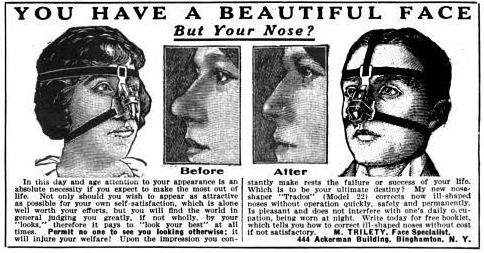
Posted By: Alex - Thu Jan 22, 2015 -
Comments (8)
Category: Beauty, Ugliness and Other Aesthetic Issues, Skin and Skin Conditions
The Tattoo Hall of Fame
Back in June 2012, I posted about a guy down in Australia, Geoff Ostling, who hopes to have his tattooed skin hung on a gallery wall as art after he dies. I got the impression that Mr. Ostling thought his idea of displaying tattoo art postmortem was something new, but it turns out there already is a decades-old tattoo hall of fame.The April 3, 1950 issue of Life magazine included an article about Dr. Sei-ichi Fukushi, curator of the Imperial University of Tokyo's collection of tattooed human skins. As of 1950, he had already acquired 38 human skins which were on display in the University's gallery, and Dr. Fukushi was eager to expand the collection.

Posted By: Alex - Tue Dec 03, 2013 -
Comments (5)
Category: Art, 1950s, Tattoos, Skin and Skin Conditions

| Who We Are |
|---|
| Alex Boese Alex is the creator and curator of the Museum of Hoaxes. He's also the author of various weird, non-fiction, science-themed books such as Elephants on Acid and Psychedelic Apes. Paul Di Filippo Paul has been paid to put weird ideas into fictional form for over thirty years, in his career as a noted science fiction writer. He has recently begun blogging on many curious topics with three fellow writers at The Inferior 4+1. Contact Us |




